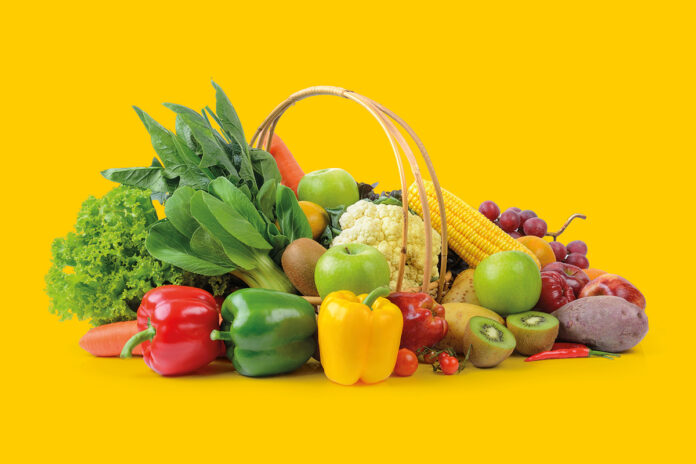Words by Sakshi Dhingra
Our dietary choices can help us progress or regress, and we tell you how and why you should choose to eat better
Most of us are aware of health concerns that haunt us as a part of our family history. What’s more, our lifestyle and eating habits can exacerbate our situation. High blood pressure, diabetes, and digestive problems have all arrived much sooner than they should have. As they say, “Love yourself like your life depends on it“, consider making changes to your day-to-day eating habits to live a fuller life.
What is Clean Eating?

The essential idea of clean eating is simple; choose food items that are as close to their natural state as possible. This means consciously choosing fresh, whole foods over comparative items that are boxed, bagged, or packaged. This might take the shape of opting for whole chicken instead of frozen, pre-processed minced chicken, or organically grown grapes instead of a fruit pumped with preservatives or juice-flavoured gummy snacks.
The primary reason for adopting clean eating is the health benefits of consuming foods high in nutrient content that have not been overly processed. Most people’s diets are high in synthetic, heavily processed foods in addition to boasting excessive fat, sugar, sodium, chemicals, preservatives, food dyes, and other additives that are alien to the human body. These extra ingredientss may be harmful to your overall health and well-being.
It may be intimidating to consider eating a clean diet, but the benefits may outweigh any concerns you have about eating clean.
These are some examples of what a clean diet might include:
Fruit that is in season – 100% fruit juice, apples, bananas, blueberries, grapes, oranges, and strawberries.
Vegetables – Avocados, broccoli, brussels sprouts, cabbage, carrots, cauliflower, corn, green beans, lettuce, mushrooms, onion, peppers, salsa, sweet potatoes, and tomatoes, in addition to anything else that you might particularly prefer.
Protein and lean meats – Dried beans, grass-fed chicken eggs, fresh fish,, plain nut butters (no added sugar), and unflavoured nuts
Foods made from grains (cereals) – Whole grains, air-popped popcorn, oats, brown rice, and whole-wheat pasta.
Milk and dairy products – Cheese, milk, plain yoghurt, and non-dairy milk that hasn’t been sweetened.
What are the other choices I can make?
Drinks and desserts can be high in added sugar. so consider making your own treats with less sugar or honey, or picking out a favourite fruit. Similarly, look for unsweetened tea and coffee, as well as water and seltzer water over a fizzy soda.
Consider the sourcing of your food items, and try to eat in as fresh a manner as possible, foregoing produce that is overly processed. Of course, it is entirely up to you how clean your diet is.
Eat better, and smarter
Eating clean does not mean that choosing to dig into a snack while binge-watching TV at home should be frowned upon. Anything in excess is bad, so munch away on your favourite snacks, but in moderation.
Above all, realise that no one dietary choice is better than others; there is no hierarchy for eating well, and eating clean does not place you at the apex of a food pyramid. Instead of simply blindly jumping on the gravy train, understand the why and what of it all. Learn to read food labels in the grocery and snacks aisle in your supermarket or online store, understand what goes into your body, and channel this into a greater sense of dietary awareness. Eating clean is as much a state of mind as it is a dietary preference, and it’s all about eating better, not pursuing a state of being thin above all else.
As with all things in life, balance is of the essence; eat heartily, and give in to your cravings, but balance it out healthier food choices and more physical activity. Processed food is not your enemy, and as with all things in life, this comes down to a choice to eat better, and try to live better. And that journey of change begins from within, with the choices you make. Bon Appétit.


